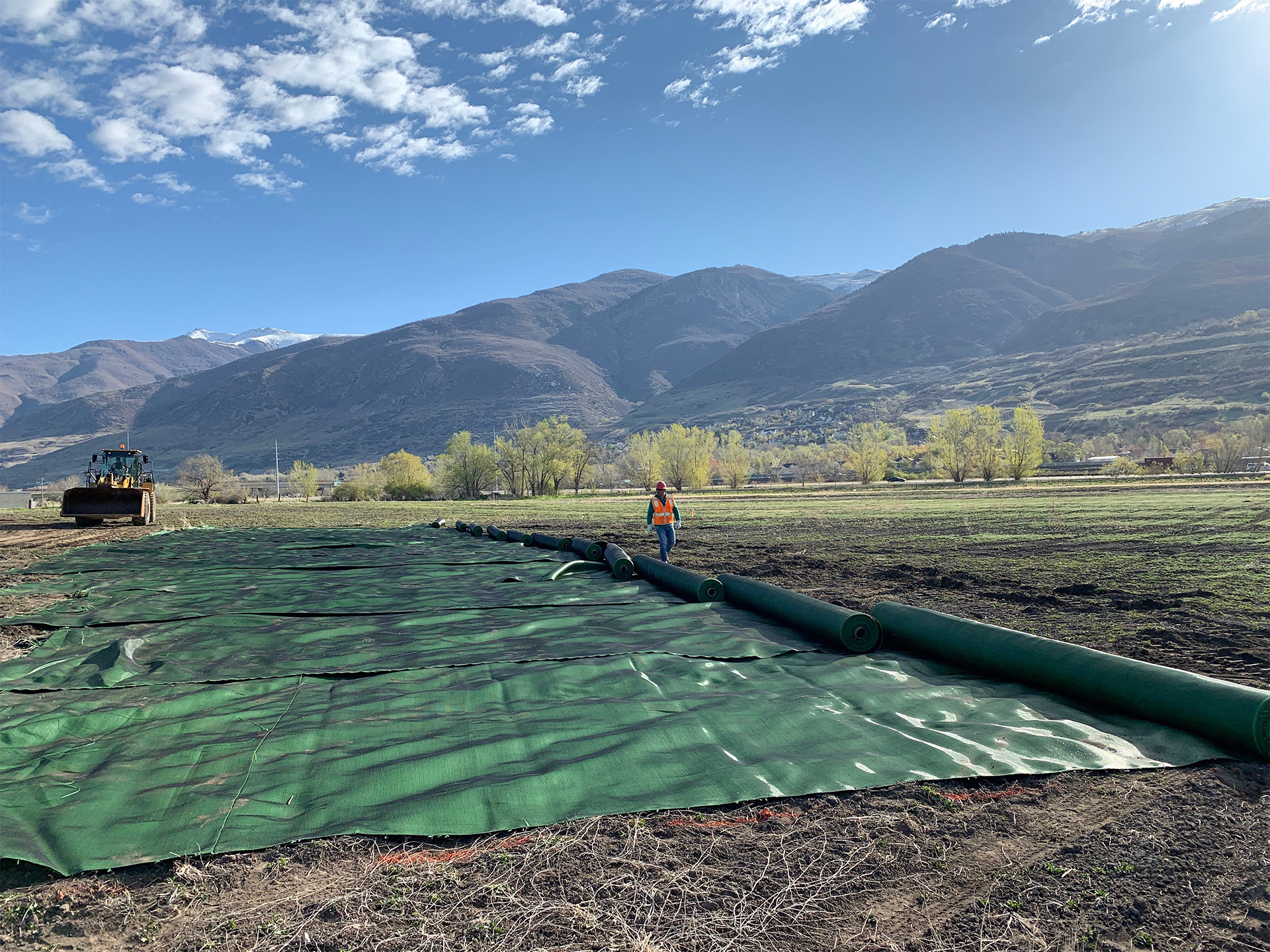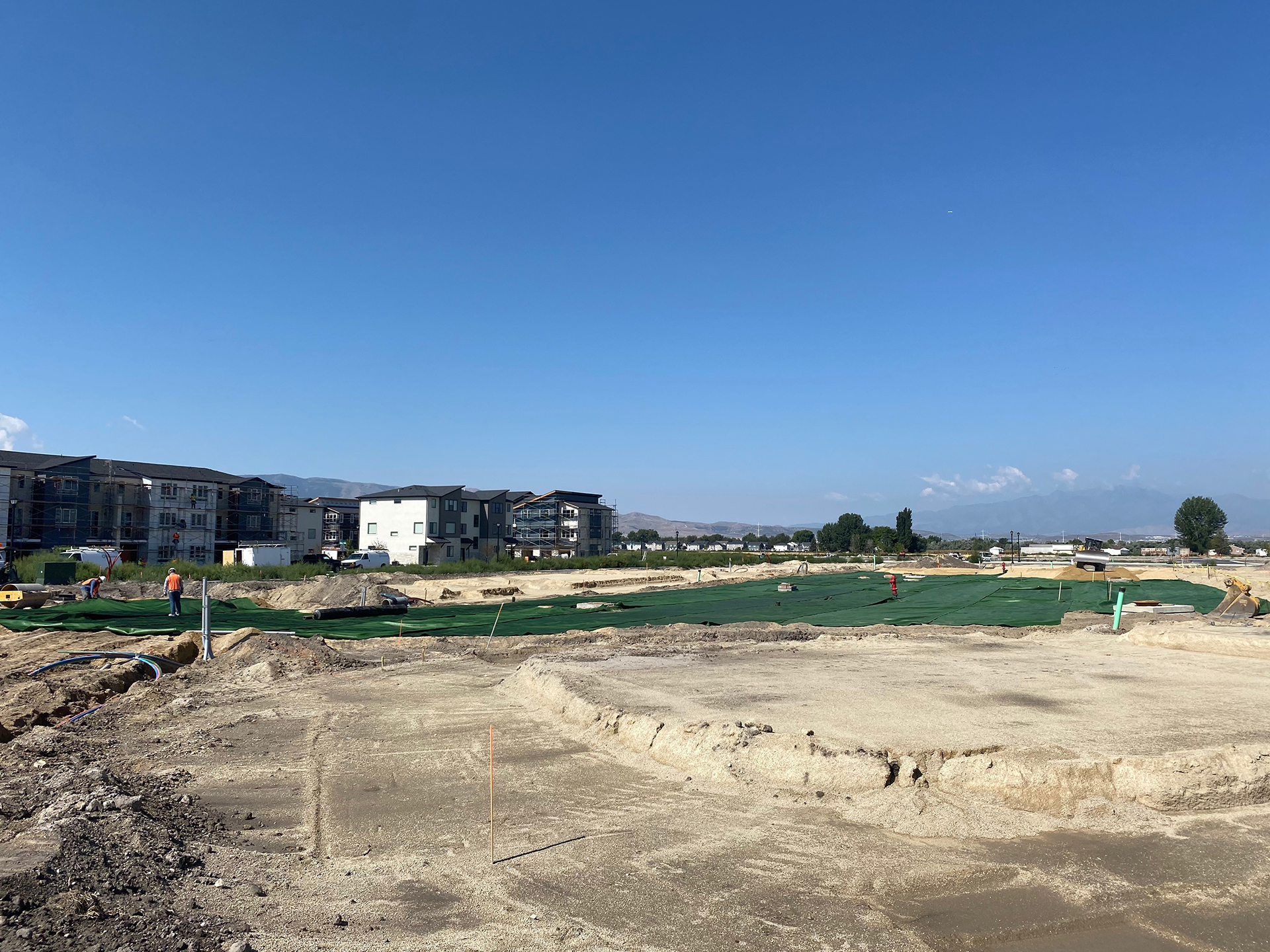THE PROBLEM: The Utah Department of Transportation anticipates that by 2040, the number of homes in western Davis and Weber counties will increase by 65%. To combat potential travel delays, a new 16-mile, 4-lane divided highway called the West Davis Highway will help address the growing population and meet future transportation needs. However, the construction of the new Corridor poses environmental protection challenges and requires wetland and wildlife mitigation due to its close proximity to Salt Lake and Antelope Island. UDOT needed to find a solution which would deliver on construction of the much needed road expansion while minimizing environmental impact.
PROJECT EXECUTION: The project was tendered as a design build project by the UDOT. The new road location would run parallel to a pre-existing residential community and to the south eastern shore of the Great Salt Lake. Sandwiched in between these two fixed areas, the road embankment would need to be placed on top of an approximate 14-foot-deep section of soft organic material, which needless to say would require significant undercutting due to it’s inferior bearing capacity. Disruption of the land and the noise and air pollution that would be a result of removing the massive amount of non-structural soil was a major concern.

THE SOLUTION: Rather than removing the organic material, Ames Construction decided to use a geosynthetic to bridge the soft soils around certain swampy areas. A woven high modulus fabric was selected to reinforce the road embankments because fabrics possess high tensile strength at low strains and also offer superior long term separation between two dissimilar fill materials. WINFAB 400HTM was selected as the preferred high tensile modulus fabric of choice when compared to other alternatives. By using WINFAB 400HTM, the contractor was able to leave the organics in place rather than undercutting and removal. The total amount of WINFAB 400HTM utilized was approximately 150,000 square yards.
THE VALUE PROPOSITION: The installation went smoothly and exceeded expectations during construction. This is still an active design-build project where the engineer and contractor continue to collaborate on design decisions after the project is underway. The design build approach allows UDOT to complete the project more efficiently and effectively, with flexibility to incorporate solutions like WINFAB 400HTM into the project for more sustainable build.

